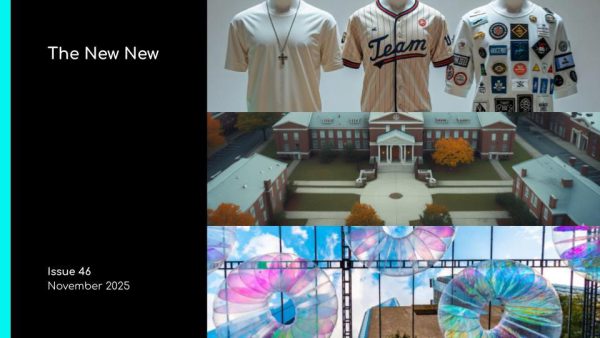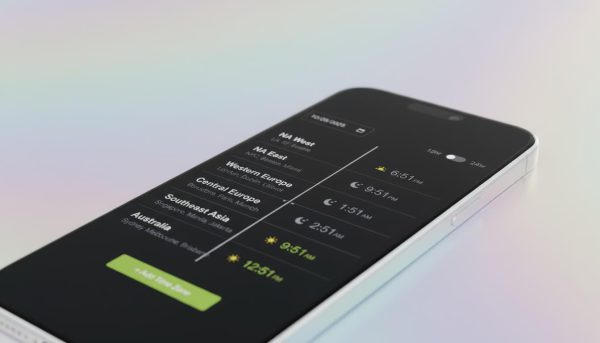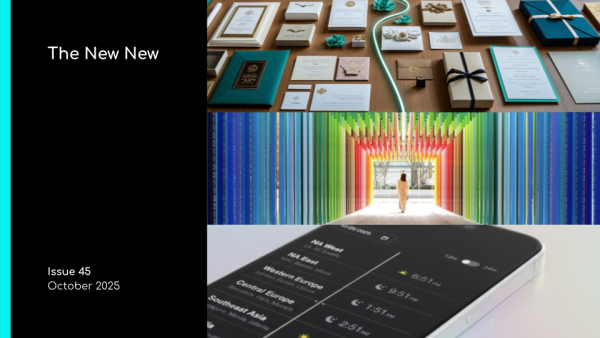Heat maps will transform how we interact and react to real-time data.

Whether we’re aware of it or not, we, as consumers, have been using heat maps on the regular, tracking our runs through fitness apps, locating people through the iPhone’s Find My Friends feature and following our route home in our Ubers. In events, the rise of beacons and other sensing technologies have allowed marketers to watch traffic in event footprints to spot hot zones of engagement or weak ones. Typically, heat maps have functioned as post-event tools that helped event organizers make changes for the next year. Thanks to newer offerings and dashboards, marketers are able to bring their dreams of real-time event management to life.
What are heat maps and how are they generated? The most common method of generating heatmaps is through proximity beacons — including radio frequencies, Wi-Fi, NFC, or Bluetooth-based technologies embedded in badges or other wearables — that connect to receivers that map devices to locations and, in turn, generate traffic patterns, dwell times, and more. New tools on the market continue to evolve their baseline technologies — including GPS-enabled mobile devices, Ultra Wide Band RF, or Bluetooth LE — which, in turn, is enabling more variety and broader acceptance of different devices.
Pixmob, known for its crowd-sourced wearable light show technology, has introduced a new product called Klik, available in badges or bands, that contains a wireless Bluetooth chip that then connects the wearable to the Klik platform. Attendees sync their personal Klik profile with their devices to manage connections with other people and their overall event experience. On the backend, event marketers can watch real-time data visualizations based on Klik activity and locations—yes, live—to measure attendance, activities and engagement. Crowd Connected is another product focused on “location insights.” Its Colocator services, like Colocator Tracker, help event planners manage and locate assets and other key individuals, like security and staff. The company’s tags attach to a badge or lanyard, and the location and movement of each tag is triangulated by attendees’ mobile devices and displayed on a digital map “overlaying your venue,” that event planners access from the Colocator site. Each tag can be assigned a name, too, for easier tracking. Event app platform Eventbase has been live-wiring large-scale events like SXSW and SAP’s SAPPHIRE NOW, and offers integrations between beacons and mobile apps to generate real-time heat maps revealing insights such as dwell-time. Other strong players to watch in this space, include Gimbal, TurnoutNow, and Sendrato.
We can expect the next frontier of wearables and events to transform both the event organizer and the attendee experience. On the organizer side, heat maps analyzing foot traffic visualizations in real-time can report which sponsor area has been sparsely visited, and perhaps, that means putting the coffee bar in that area the next day. For, attendees, it may mean digital event signage that allows them to observe visualizations of attendees on the floor, and locate people they want to network with.
Seeing is believing with heat mapping, on either side of the event equation.





